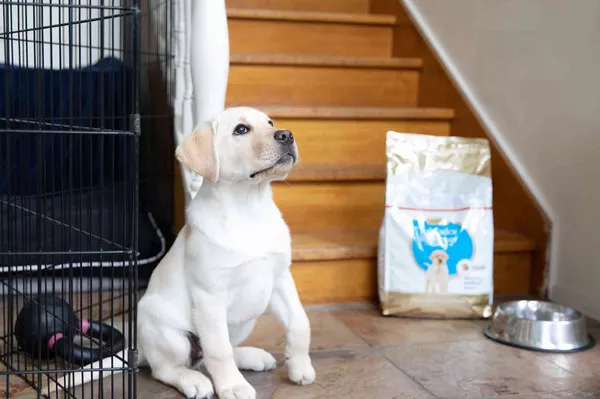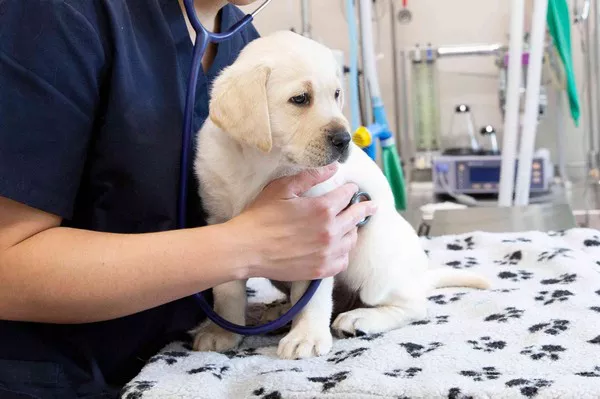The Russian government has unveiled plans to enforce mandatory labeling on pet food and veterinary drugs starting September 1, 2024. This initiative aims to purge the market of counterfeit products, which currently constitute up to 25% of sales in certain segments.
The Center for Prospective Technology Development (CRPT), tasked with overseeing the reform, has outlined a phased implementation strategy. Beginning October 1, all dry pet food must bear labels ensuring full traceability throughout the supply chain. Subsequently, from March 1, 2025, wet pet food will also require mandatory labeling, with strict prohibitions on the sale of unlabeled products following these deadlines.
Concurrently, the Russian Ministry of Industry and Trade has proposed elevating the importation of counterfeit goods to a criminal offense punishable by up to six years in prison. Previously classified as administrative violations, such imports were typically penalized with fines.
According to CRPT estimates, counterfeit products currently constitute about 10% of Russia’s pet food market, valued at Rub433 billion (Eur4.7 billion) in 2023 by Zooinform, a Moscow-based pet food media outlet. Some segments report counterfeit shares as high as 25%, primarily originating from neighboring post-Soviet countries.
Despite predictions of only a marginal 1% increase in operational costs along the pet food industry’s value chain due to labeling reforms, industry stakeholders express concerns over broader financial implications. Kirill Dmitriev, president of the Russian National Association of Zoo Industry, highlighted the multifaceted challenges ahead, emphasizing the need for costly equipment, software integration, and staff training to comply with the new regulations.
Alexander Ivanov, technical director of the Beethoven chain of pet stores, echoed these sentiments, stressing the substantial investments required for system updates and label-reading equipment.
Moreover, the industry faces hurdles in adopting printed labels, the most cost-effective option, due to infrastructure limitations at storage warehouses and customs facilities. This necessitates reliance on more expensive stick-on labels, potentially driving up retail prices of pet food.
Amid these challenges, Dmitriev advocated for a postponement of the reform to allow the industry adequate time to address existing operational issues.
Looking forward, the Russian government sees the labeling mandate as a pivotal step towards bolstering the integrity of its pet food supply chain and supporting ambitions to expand exports. The Ministry of Agriculture aims to double pet food exports by 2030, targeting a volume of 150,000 tonnes valued at $350 million.
Despite recent declines in export volumes to key markets like Germany, Russian officials remain optimistic about future prospects in post-Soviet states, Mongolia, and emerging Asian economies.
In summary, while the labeling reform aims to enhance market transparency and combat counterfeiting, its implementation poses significant challenges for the Russian pet food industry, prompting calls for cautious consideration amidst broader economic uncertainties.
Related Topics:
Is Devon Rex hypoallergenic?
Reveal! Where is the Sphinx Cat From?
How to Clean Devon Rex Ears: A Comprehensive Guide


























